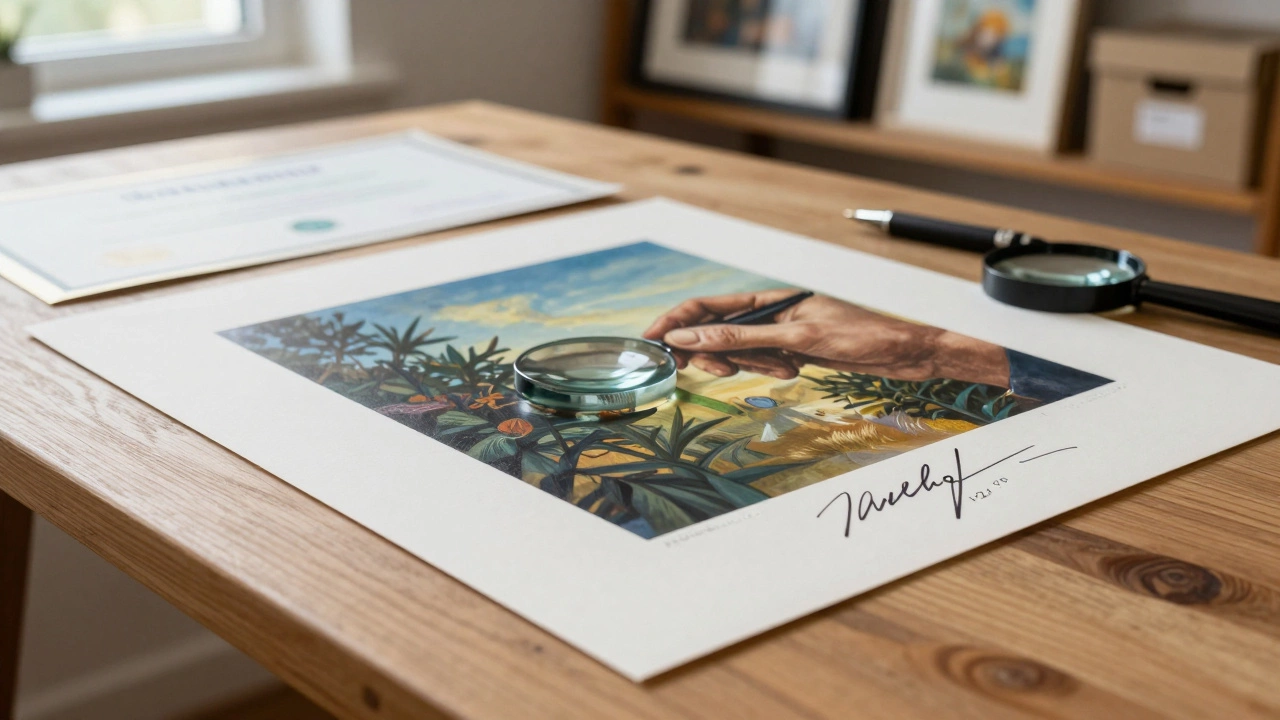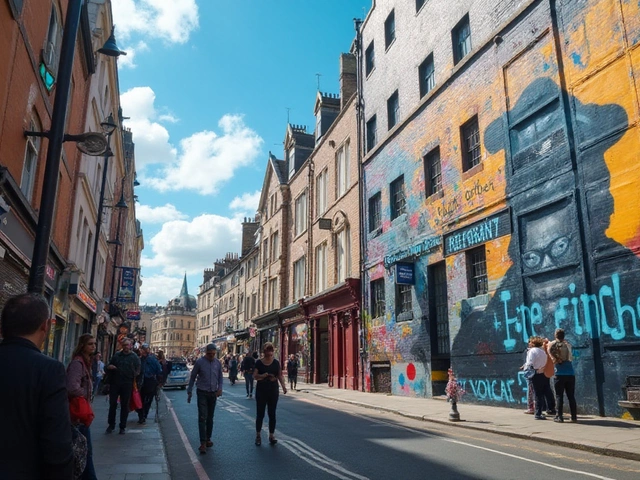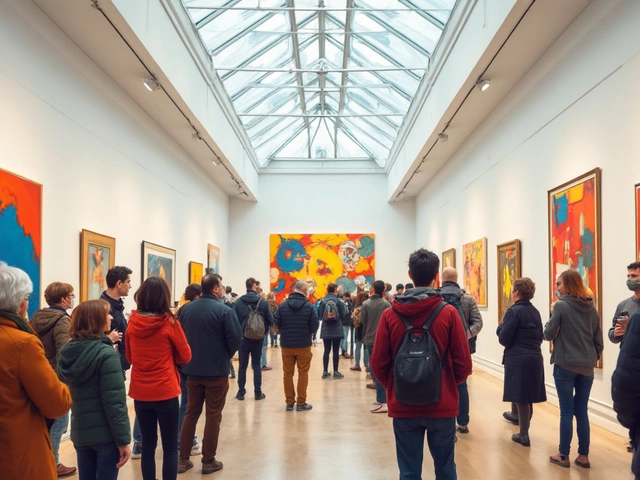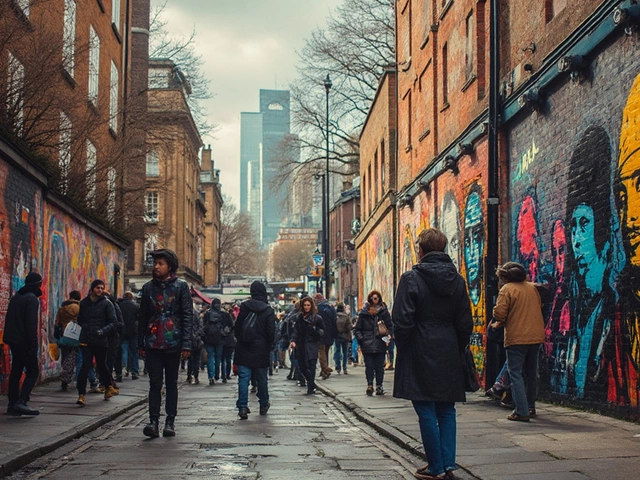Limited Edition Prints
When talking about Limited Edition Prints, high‑quality, numbered reproductions of an artwork produced in a fixed run. Also known as limited‑run prints, they give collectors a sense of scarcity while letting artists reach a wider audience. Digital Prints, files created from scanned or photographed artwork that can be reproduced on demand and Giclée Printing, a fine‑art inkjet process that yields museum‑grade reproductions are the two most common ways to produce these limited runs. Understanding how these methods interact helps you decide what fits your style and budget.
How the Production Chain Works
Limited edition prints require precise color management, high‑resolution files, and reliable print media. The typical chain starts with a high‑resolution scan or a professional photograph of the original piece, then moves to color profiling to match the printer’s ink set. Once the file is ready, a giclée printer uses archival inks on cotton rag or canvas, producing a print that mirrors the original’s texture and hue. Digital prints, while often cheaper, can still achieve excellent results if the workflow includes soft‑proofing and calibrated monitors. The process shows three clear connections: limited edition prints encompass high‑quality digital reproductions, they rely on accurate color management, and the choice of printing method influences collector value.
Choosing the right art print size is another key decision. Common sizes like A3 (11.7×16.5 in) or 16×20 in sell well because they fit standard frames and ship easily. Larger formats such as 24×36 in create a statement piece but raise costs for paper, ink, and shipping. Print‑on‑Demand services let artists experiment with size variations without holding inventory, while still keeping each run limited. This flexibility means you can test market preferences and adjust your edition count accordingly.
Beyond the technical steps, the artist’s intent shapes the edition’s appeal. Numbering each print, adding a signature, and providing a certificate of authenticity all boost perceived rarity. Collectors often look for these markers when judging a piece’s long‑term value. Pricing strategies reflect both production costs and the scarcity factor; a limited run of 50 giclée prints will generally command higher prices than an open‑ended digital series. By aligning edition size, printing method, and presentation, you create a cohesive offering that resonates with buyers.
In Pembrokeshire’s vibrant art community, limited edition prints serve as a bridge between local creators and a global audience. Many galleries host print‑making workshops where artists learn to prepare files, choose inks, and work with local printers. The region’s scenic landscapes and historic architecture often become popular subjects for limited runs, attracting tourists who want a piece of the surroundings. Whether you’re an emerging painter looking to expand your reach or a collector hunting for a thoughtfully produced piece, the resources outlined here will help you navigate the world of limited edition prints with confidence.
Below you’ll find a curated list of articles that dive deeper into each step—from mastering color profiles to pricing your edition and promoting it at local events. Use these guides to refine your workflow, improve your market strategy, and make the most of your limited edition print projects.

Art prints and posters look similar, but one is a lasting piece of fine art, the other is disposable decoration. Learn what makes a real art print and how to spot the difference before you buy.

Learn which art prints hold real value, how to evaluate them, and where to buy or sell for the best return.





